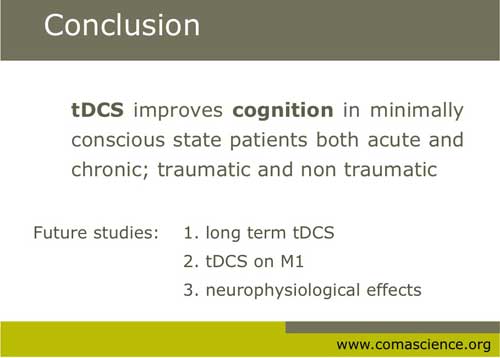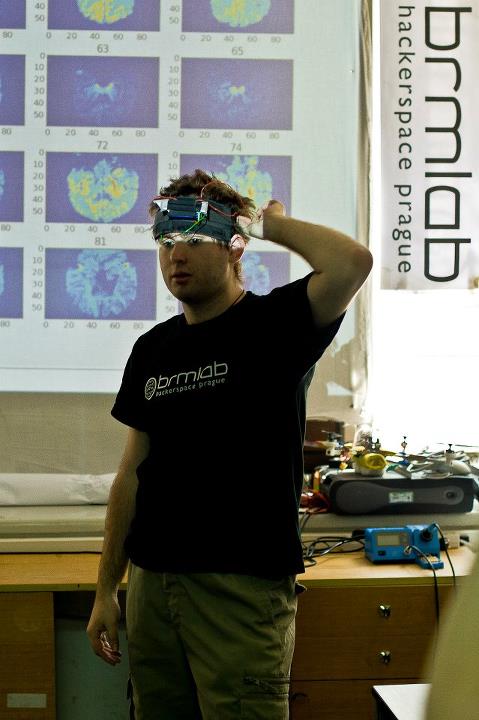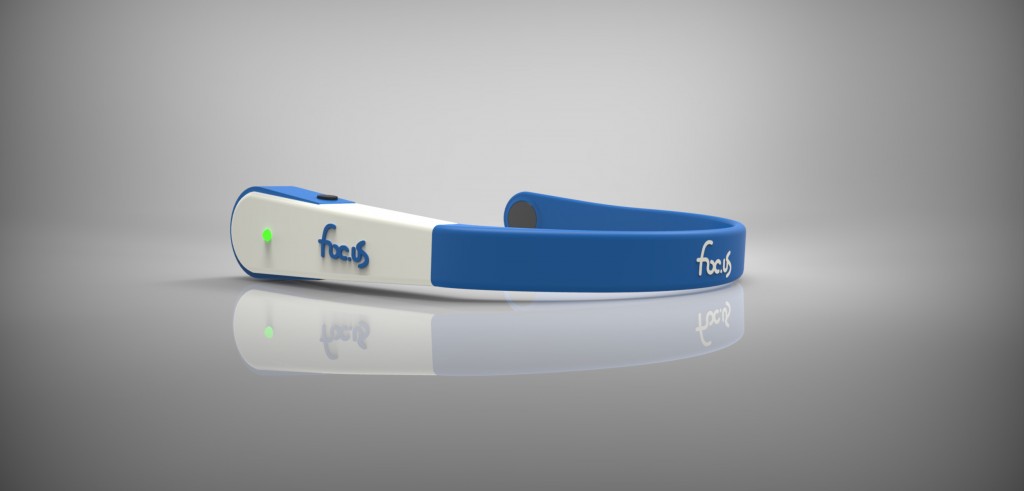This is one of the applications of tDCS I’ve been waiting to hear about. I was hoping tDCS might help facilitate an active dreaming state or even lucid dreaming.
Conclusions
In summary, using two different methodologies it appears that tDCS had no effect on the presence of dream reports with visual imagery or measures of dream quality. However, this may be due to methodological limitations of these stud- ies, as the delivery methods employed allowed only low levels of tDCS to be delivered without waking participants. Improvements allowing higher levels of stimulation during sleep and stimulation of other cortical regions could poten- tially provide more definitive conclusions regarding the ef- fectiveness of tDCS on dream imagery reported from REM sleep.
Abstract
Investigation of visual dream reports after tran- scranial direct current stimulation (tDCS) during REM sleep (pdf)




